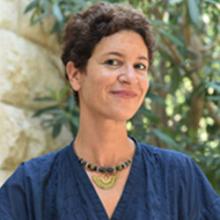Expanding “International” in 2022

As I reflect on the past year in international education, I’m encouraged by how we as a field faced the challenges in front of us. Though my local context in Lebanon may differ from other countries and communities, we all faced similar difficulties and met them with resilience and creativity.
On the whole, universities adapted remarkably well to the changes forced by the pandemic, taking advantage of multiple simultaneous challenges to (among other outcomes) make a stronger case for virtual and hybrid education as a means to greater inclusion and accessibility. I was encouraged by the determination of students to broaden their horizons despite closed borders and limited in-person experiences. Many students sought international experiences even though they were being offered as online courses, and many more looked forward to resuming in-person classroom interaction as soon as conditions allowed.
I was buoyed by the persistence, collaboration, adaptability, and determination of senior international officers (SIOs) to take advantage of the time and new perspectives afforded by the pandemic to advance social justice, incorporate COIL into educational offerings, and enhance virtual exchange. The focus was on the opportunities to be had, rather than the many difficulties posed by the sudden shift to a virtual work environment and the fear that international education as we knew it might be lost.
Rising to the Challenges
This year, staying relevant was a key challenge. Faculty and students in higher education institutions were forced to quickly adapt to a virtual mode of teaching and learning. Meanwhile












